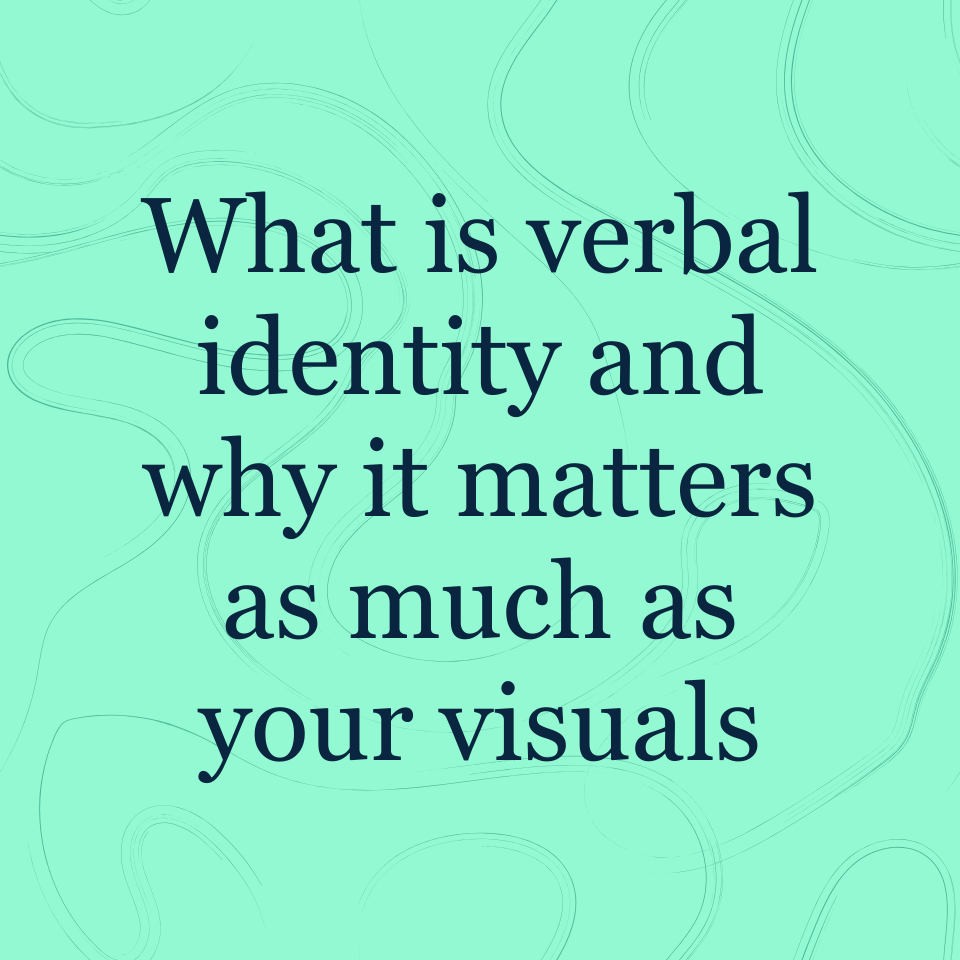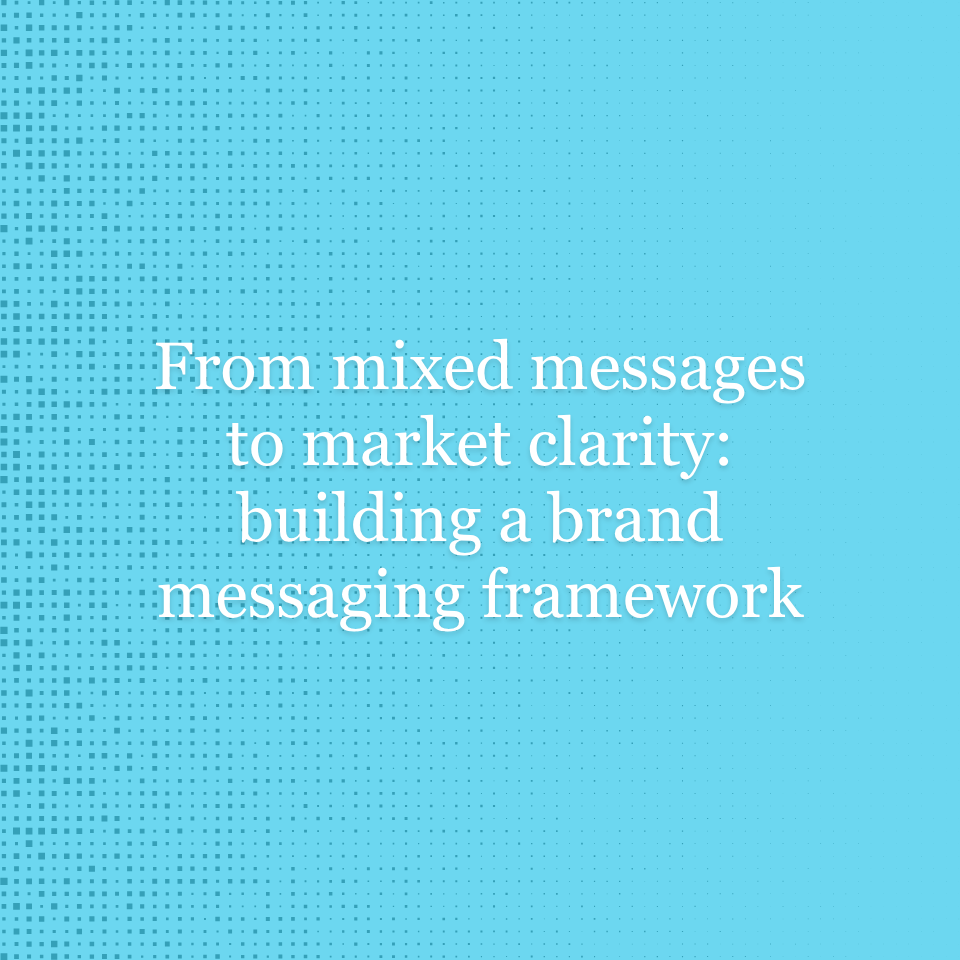I have to confess – I love the debate around distinction versus differentiation.[1] Although seemingly synonymous at first glance, in the context of brand strategy their meanings can be delineated and it’s critical to understand how. Being a distinct brand means you’re meaningful and memorable. Differentiation just means you’re unique, and unless that uniqueness is sustainable over time, immediately recalled by customers without aiding, AND meaningful to customers, it’s not enough to drive brand choice that leads to growth.
Distinction brings the conversation and crafting of a brand to a broader set of attributes, whereas differentiation is often a functional, product-only orientation. In our experience as brand consultants, we see clients get caught up in what is ultimately a naval gazing conversation around what is unique about them in their category, typically at a feature level. Yet, those “10 degrees of better” points of differentiation rarely drive long-term brand choice that can increase category penetration and share.
Additionally, a sole focus on differentiation can mean that brands lose sight of category and cost of entry attributes. A brand must belong to a viable category and signal its belonging to that category or deliver on key attributes of multiple categories in explicit ways to the customer, or it risks missing out on its total addressable market. Not everything that’s differentiated is important, and not everything that’s important is differentiated. Both matter in driving choice, customer value, and growth.
While we still incorporate product and brand differentiation into our frameworks for brand strategy, we also include distinctive elements that ensure we are asking our clients to think beyond just this year’s product roadmap. We want to drive brand choice and to grow that over time, and to achieve that takes owning a distinctive set of attributes and assets that won’t be made obsolete or outcompeted through the natural cycle of innovation.
Brand expression is a key contributor to distinctiveness, such that brand strategy is incomplete without the visual and verbal expression of the brand. Similarly, brand expression and design cannot be absent a strategy and the clarity around what assets and attributes the brand owns or is seeking to own. Our standard practice is to include analysis of distinctive brand assets into our competitive reviews and brand positioning workstreams.
Bringing in the broad lens of distinction to brand strategy conversations also means encouraging our clients to lean into creativity and push their expressive elements to the edge of what’s true for them.
So how do we distinguish between differentiation and distinction?
Differentiation
- About distinguishing from competition, outwardly measured
- Defines customer value
- Relative
- Starts from your product and service design/delivery
Distinction
- About looking and acting like your brand, inwardly measured
- Drives customer brand choice through memorability and ownership over time due to consistent use
- Absolute
- Starts from your brand values, and includes your product and service experiences, and expression
Focusing on differentiation can limit your brand because it’s often not enough for a brand to be remembered or consistently chosen, and therefore it’s not enough for growth. Getting to a brand strategy and brand expression best suited to achieve your goals requires building distinction into your brand assets and attributes and a commitment to consistently deliver that distinctiveness over time.
[1] Tiltman, David (Host), 2023, Aug 31, WARC Talks: Differentiation and distinctiveness (audio podcast episode).
Ready to build and deliver brand distinctiveness? Reach out!





